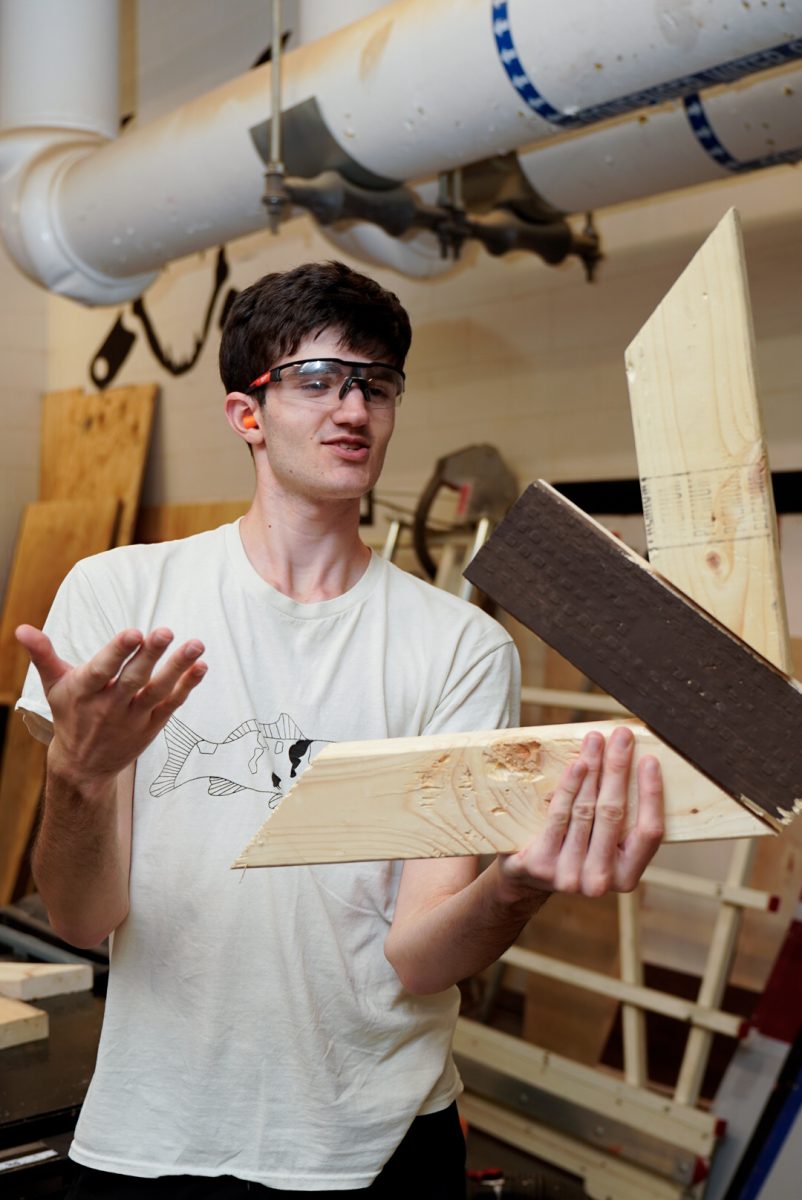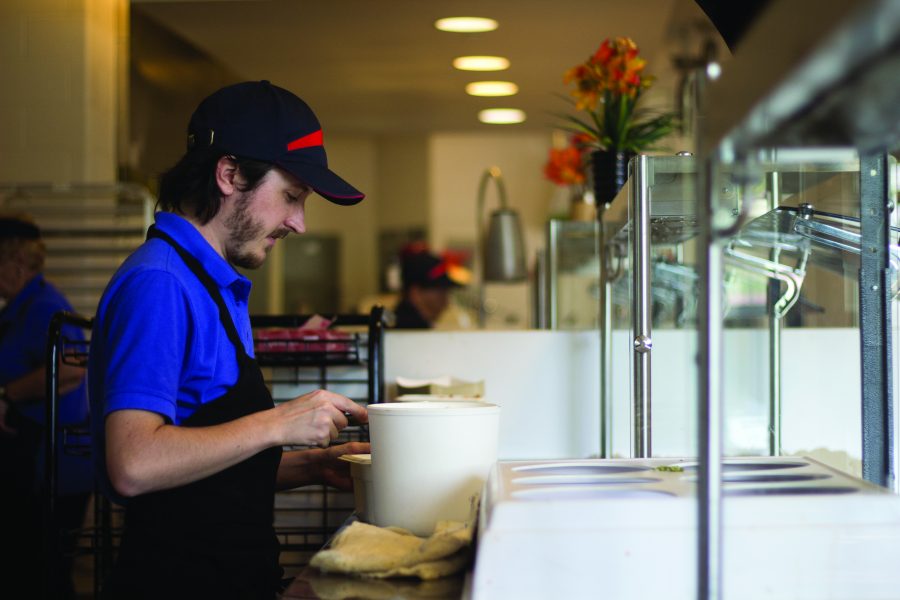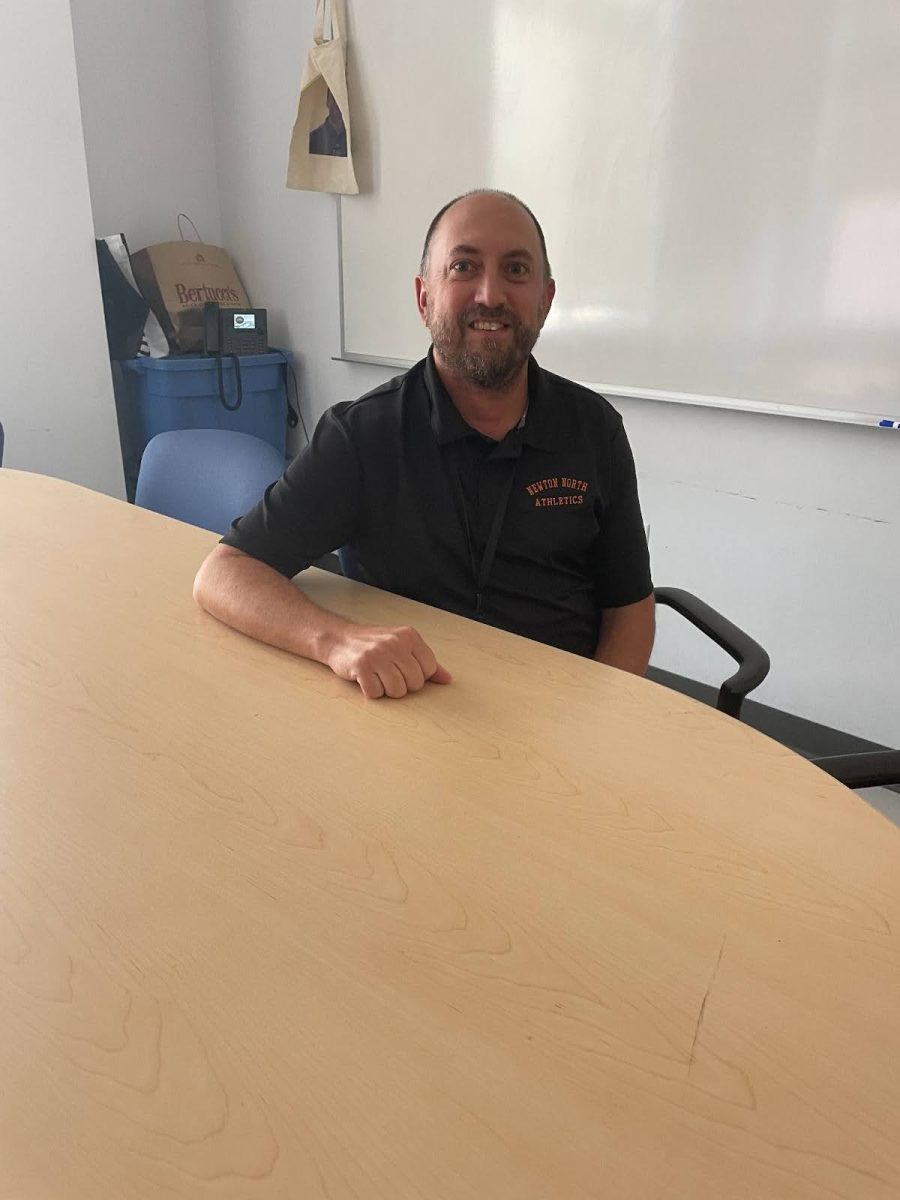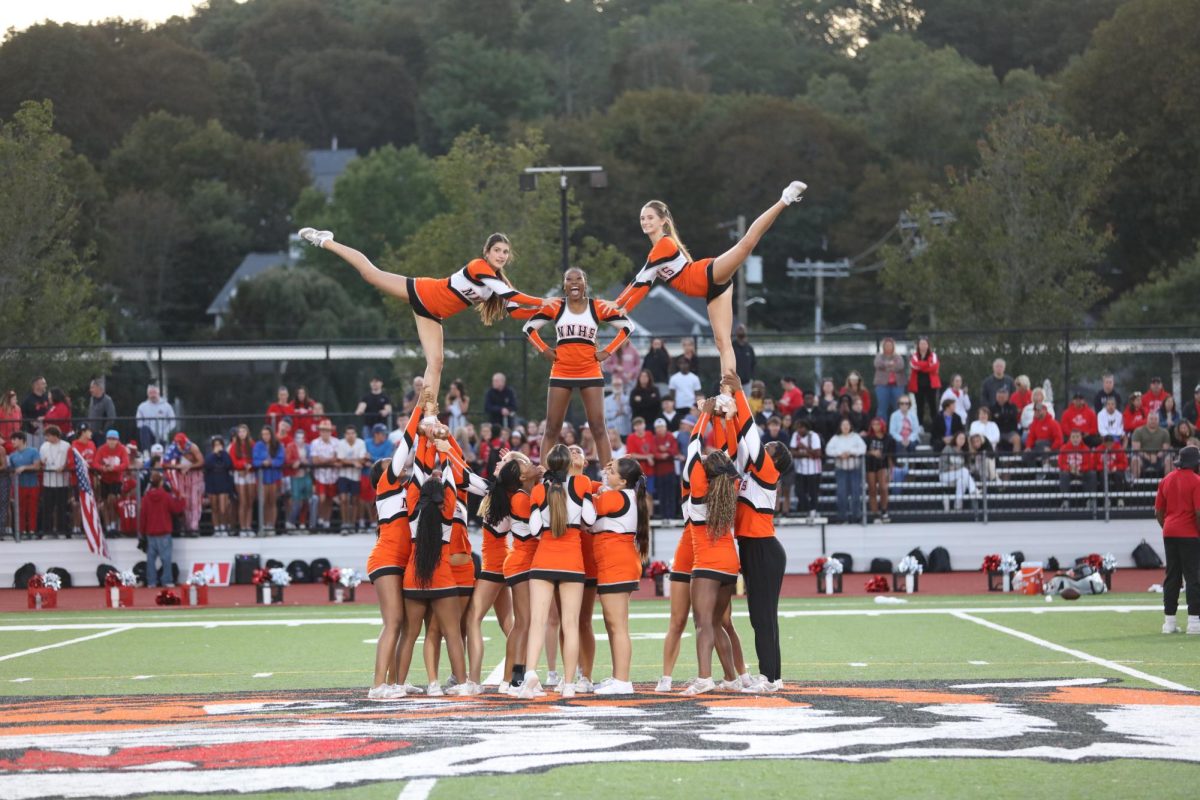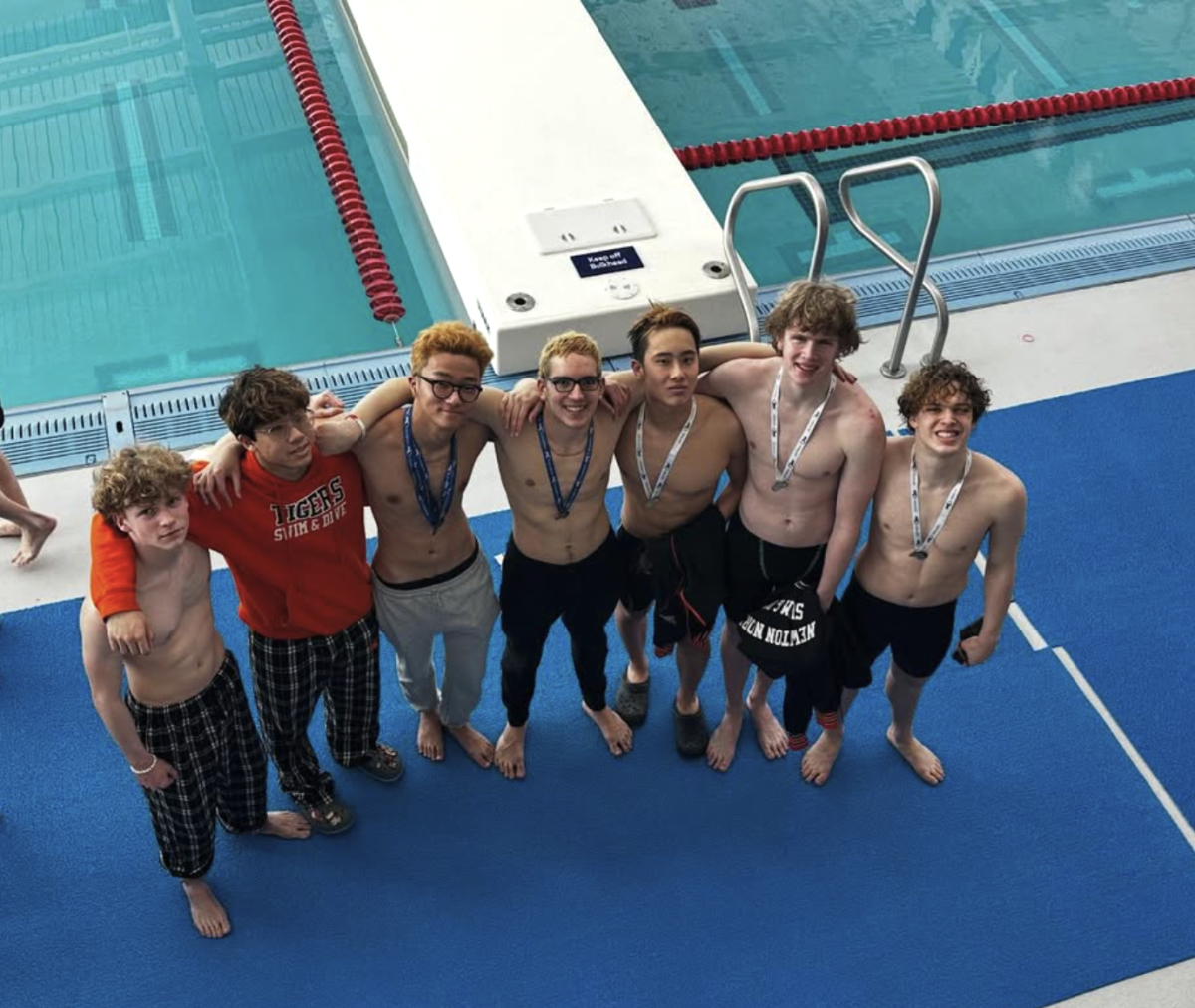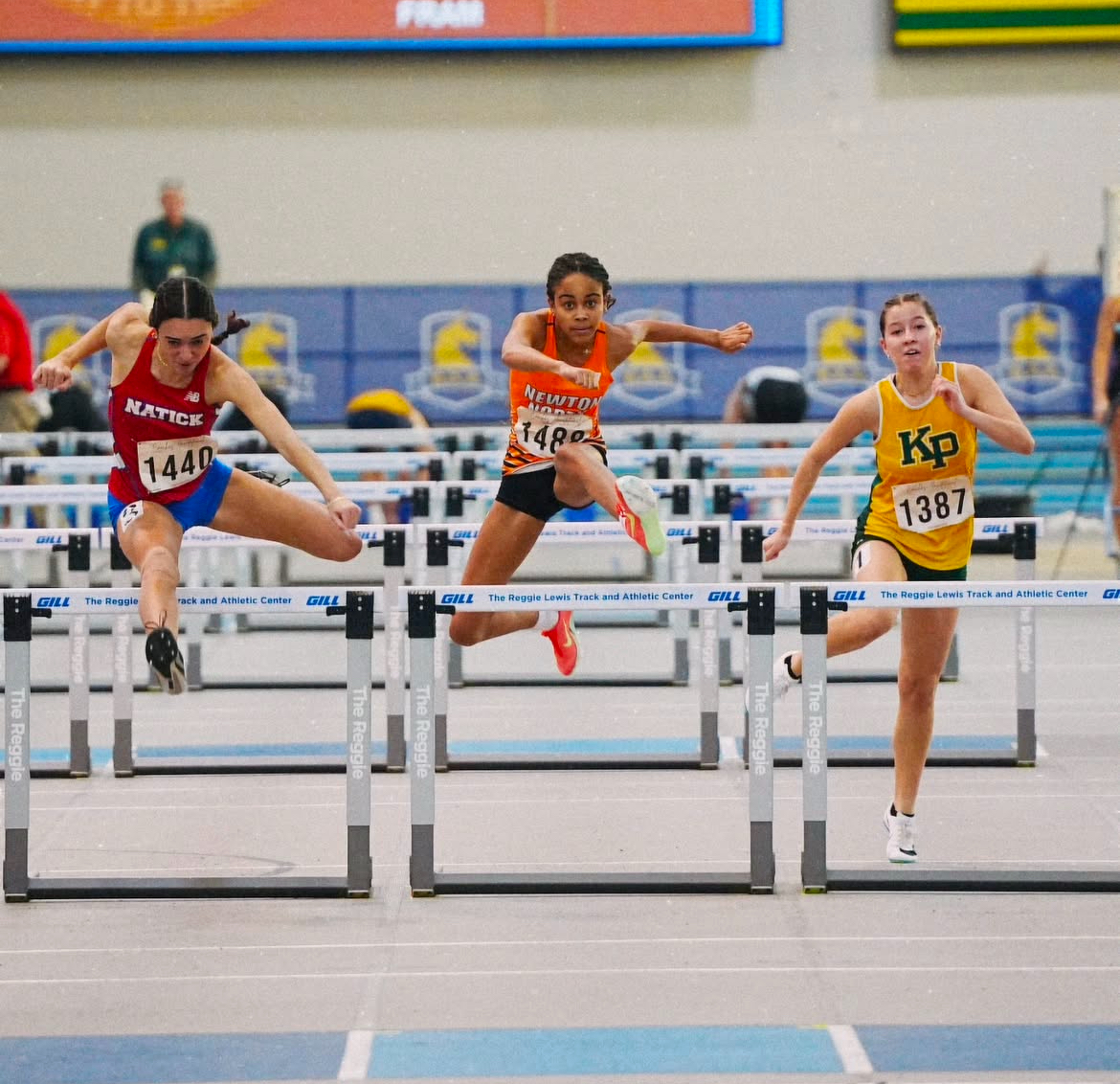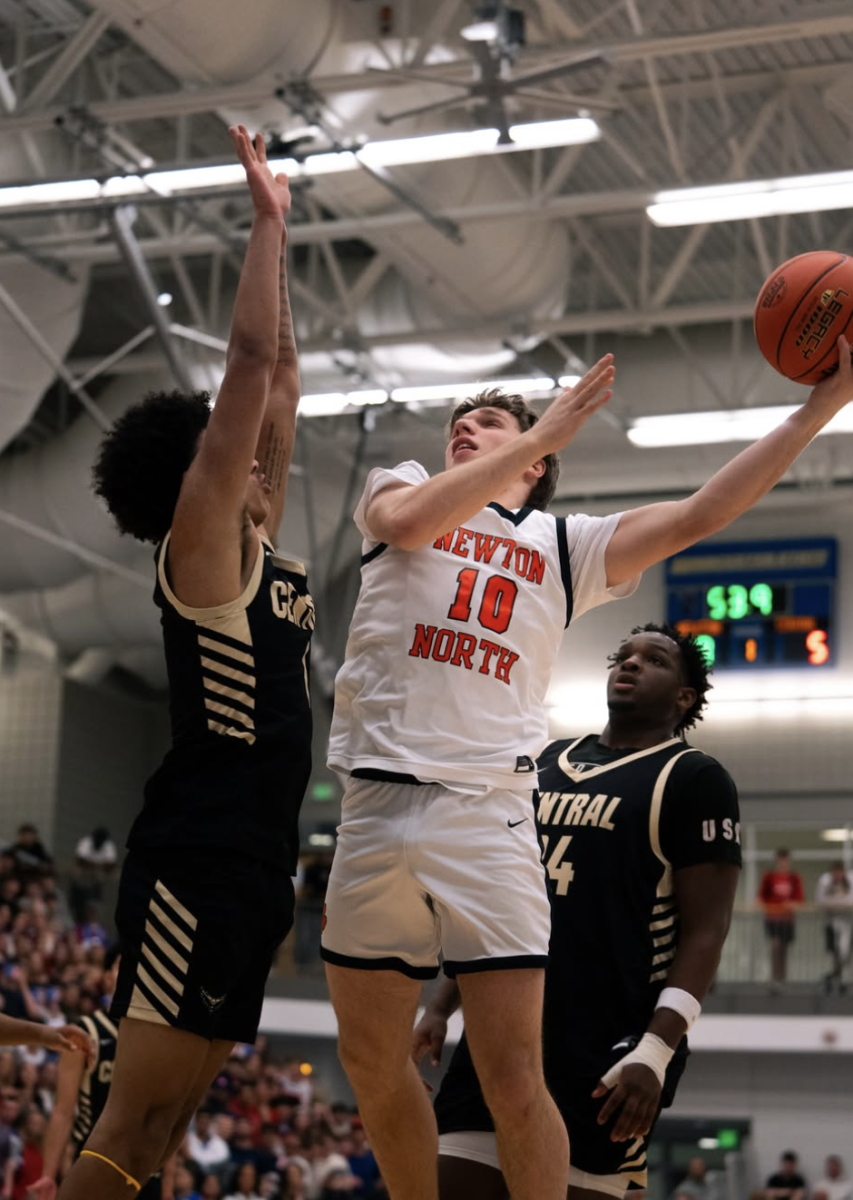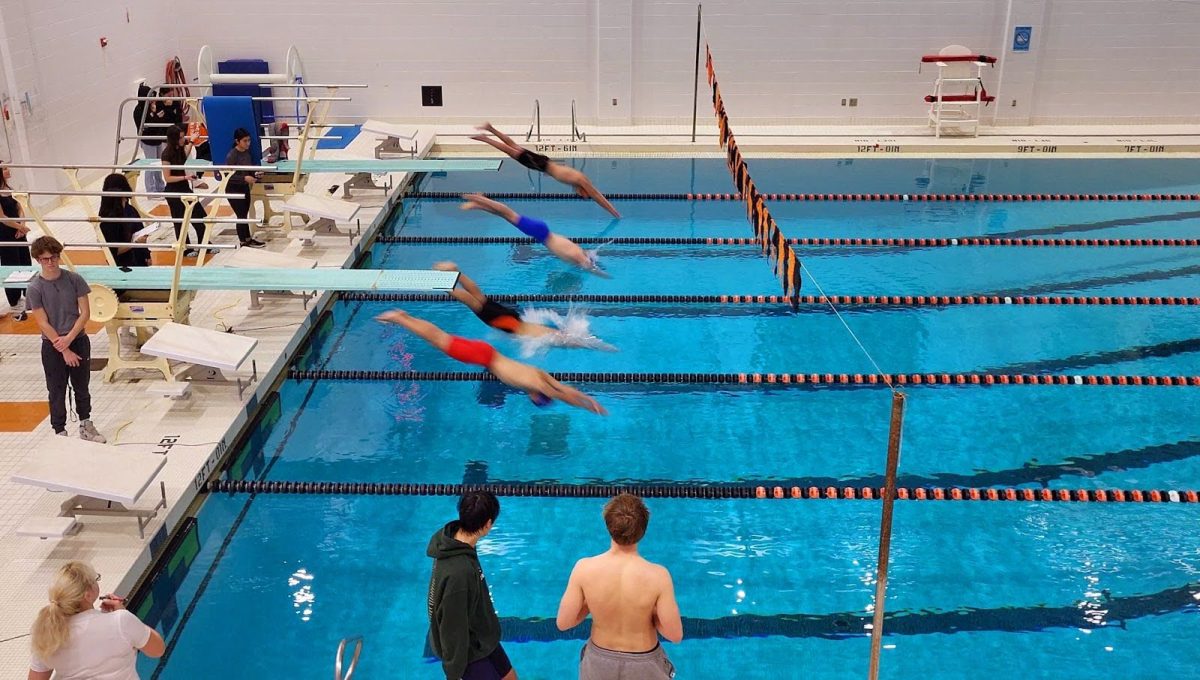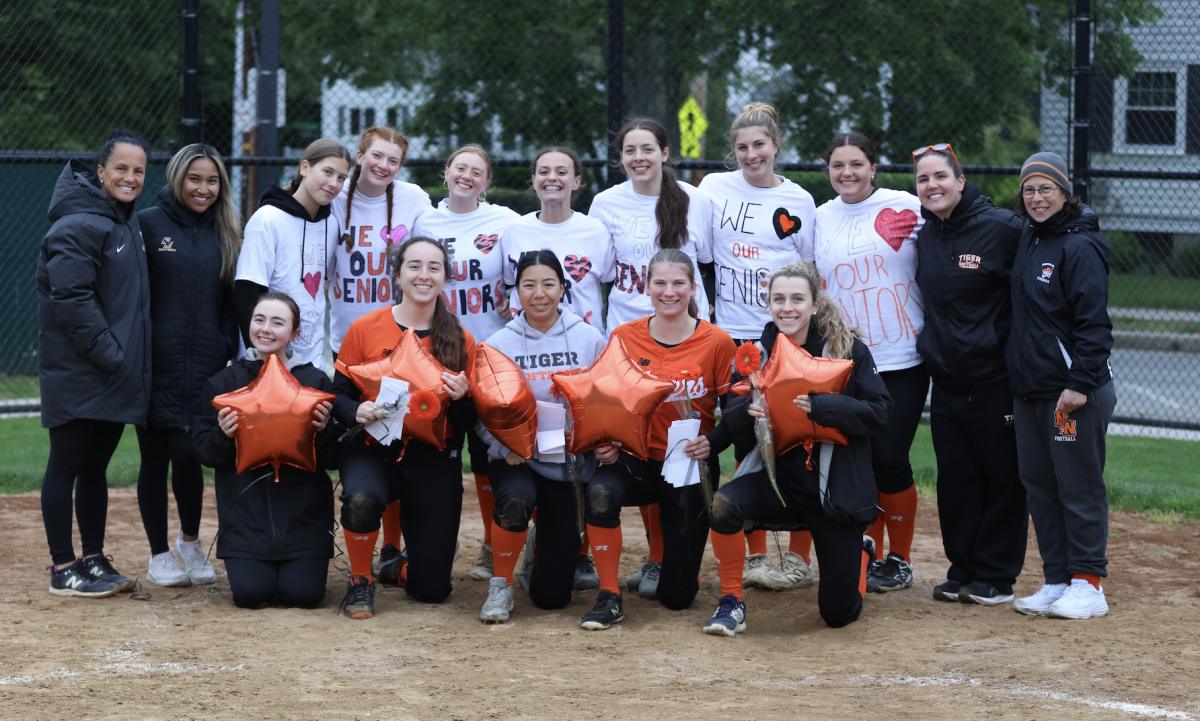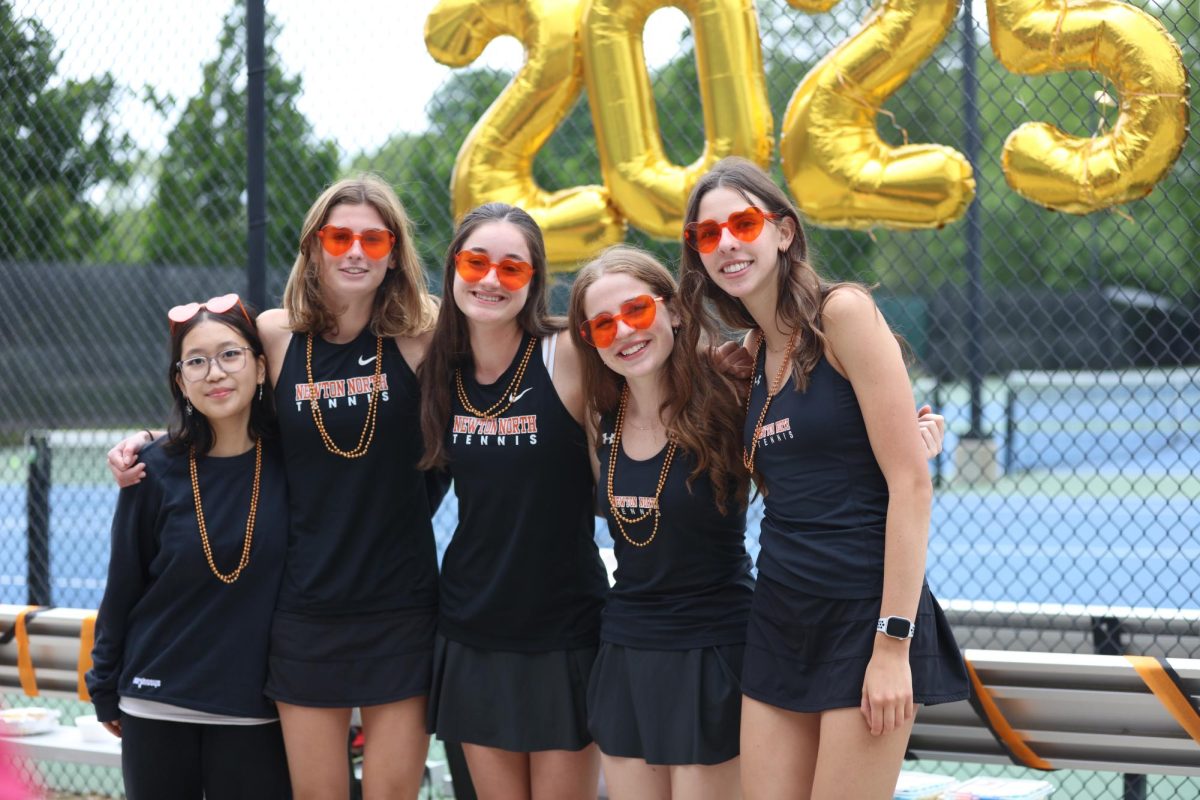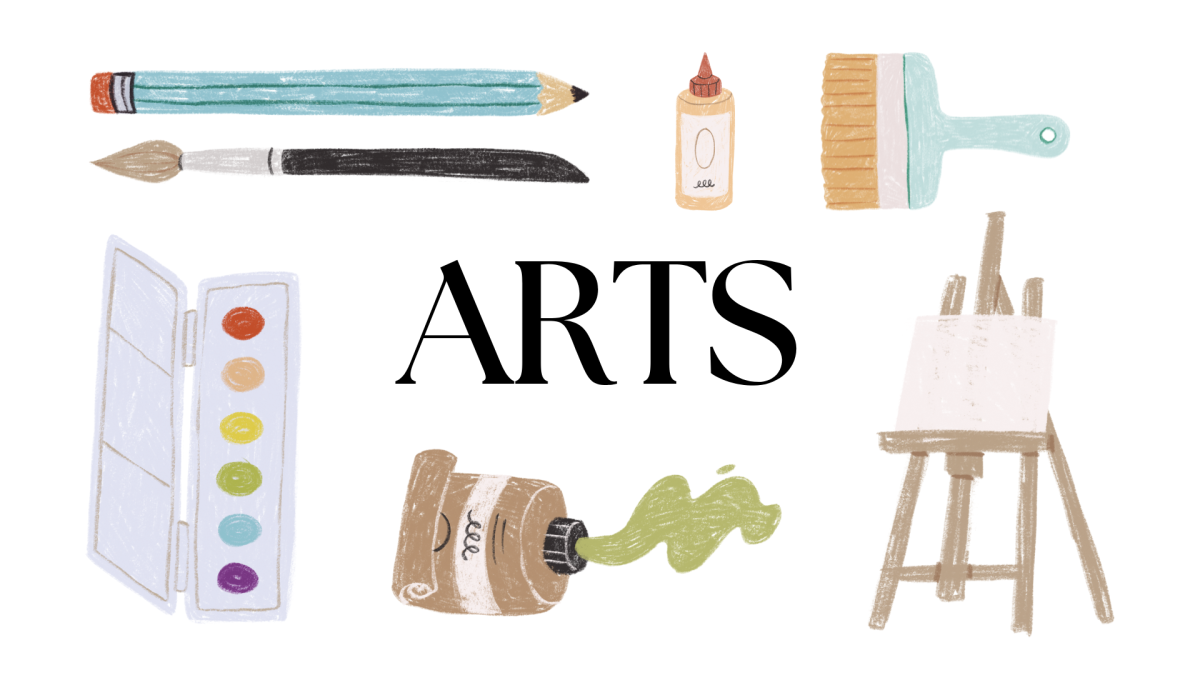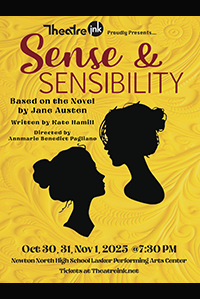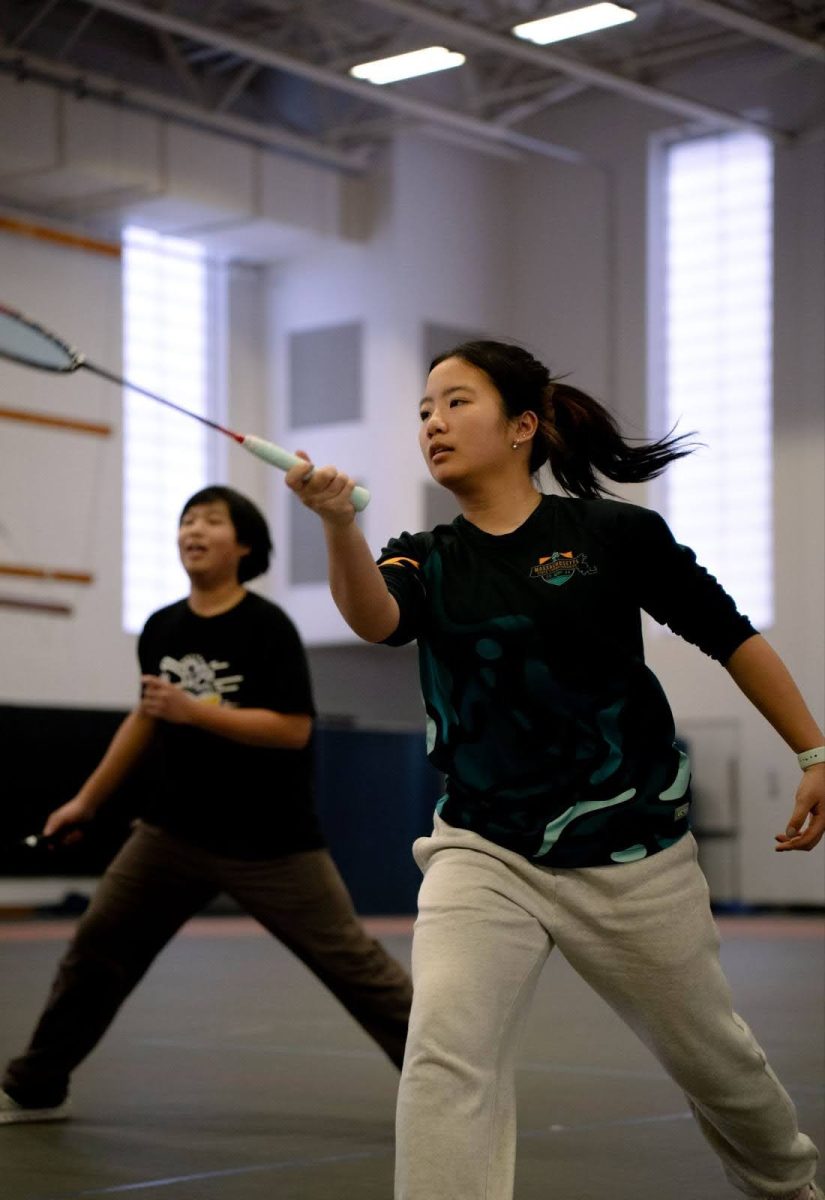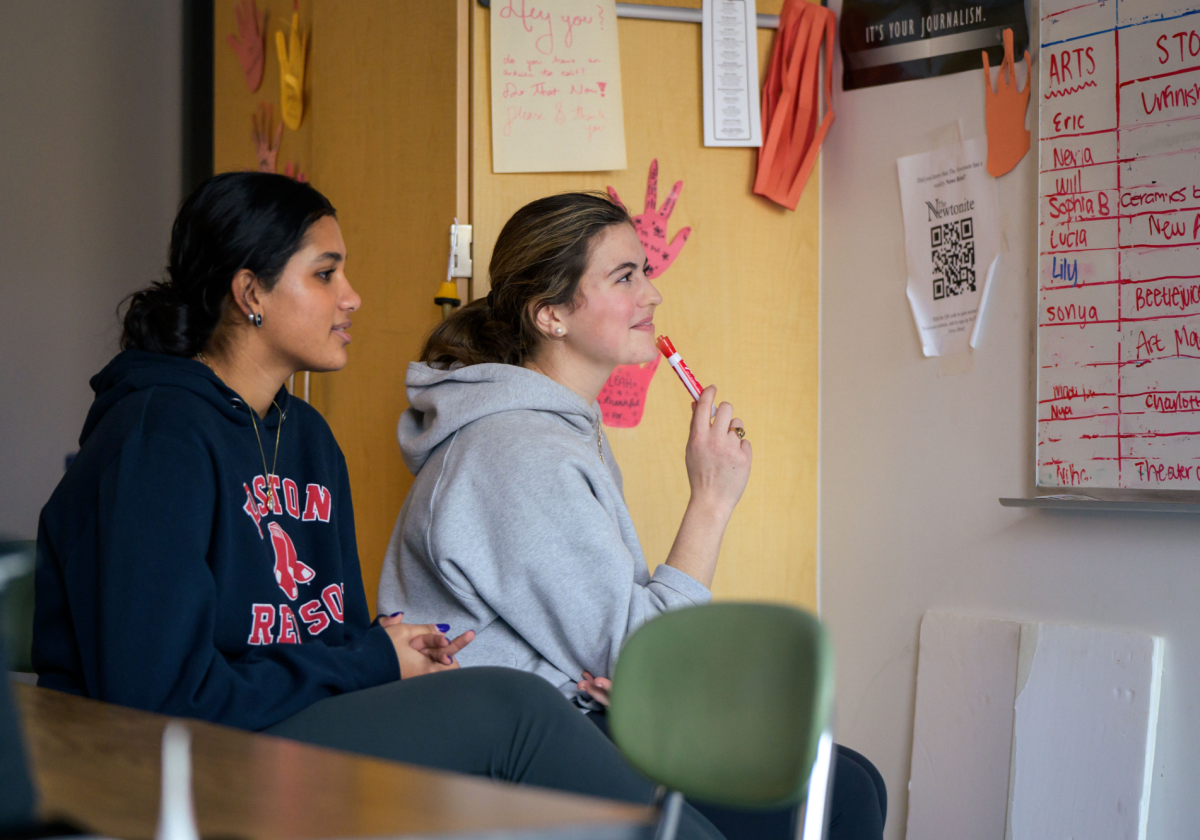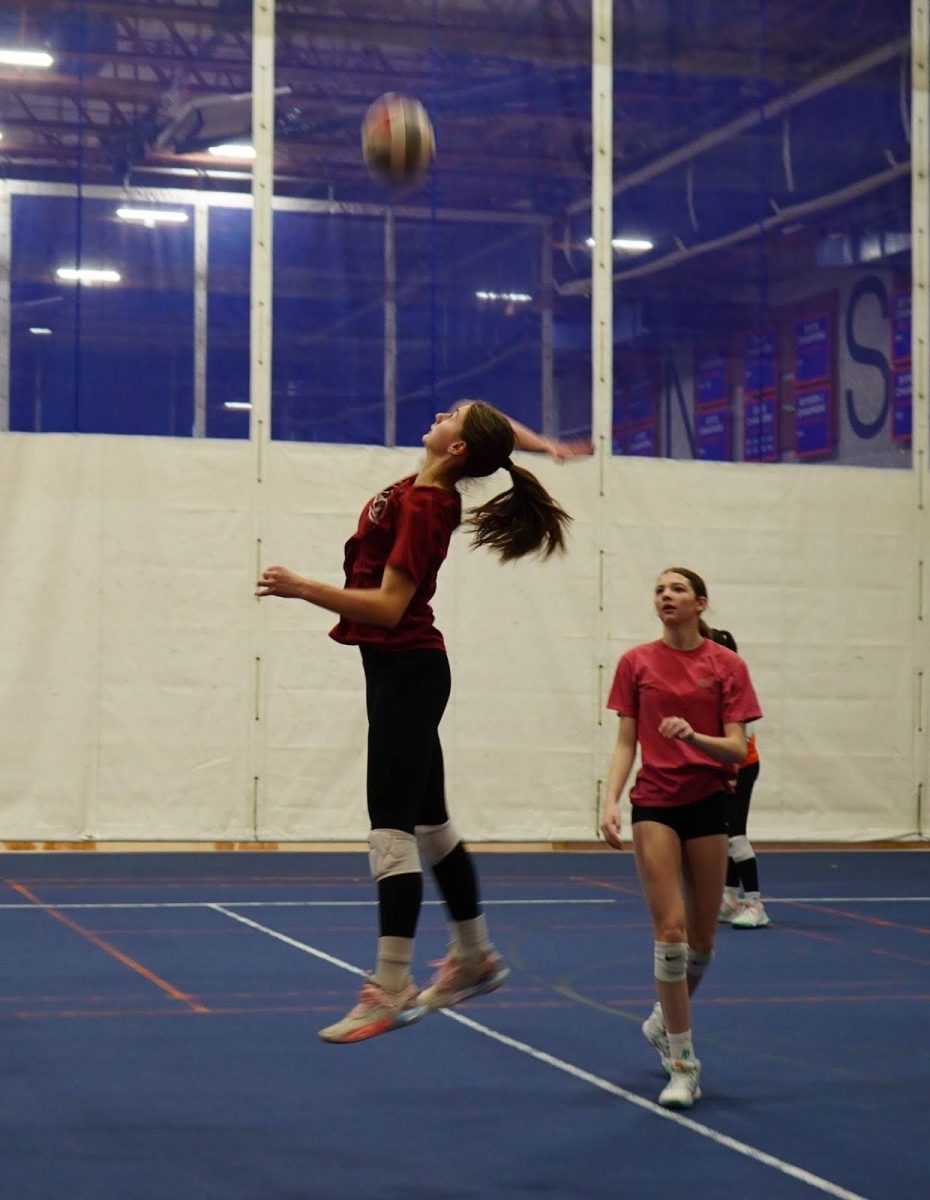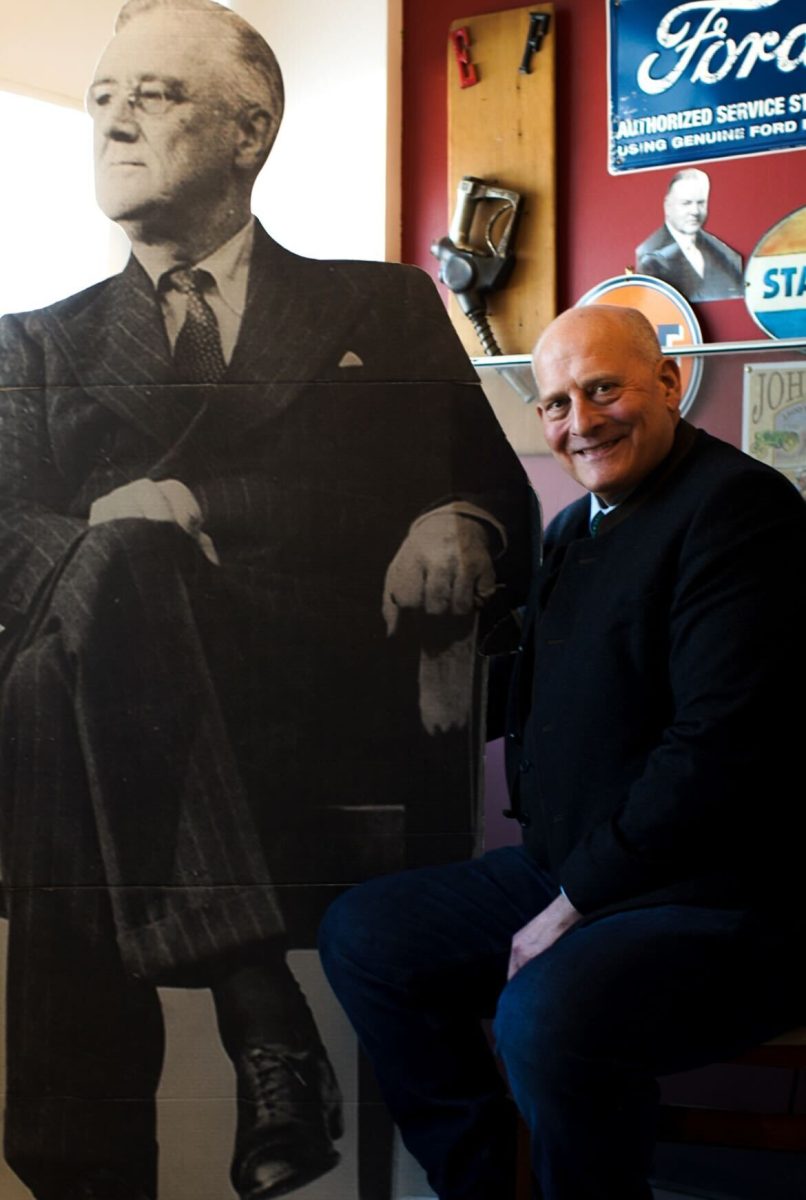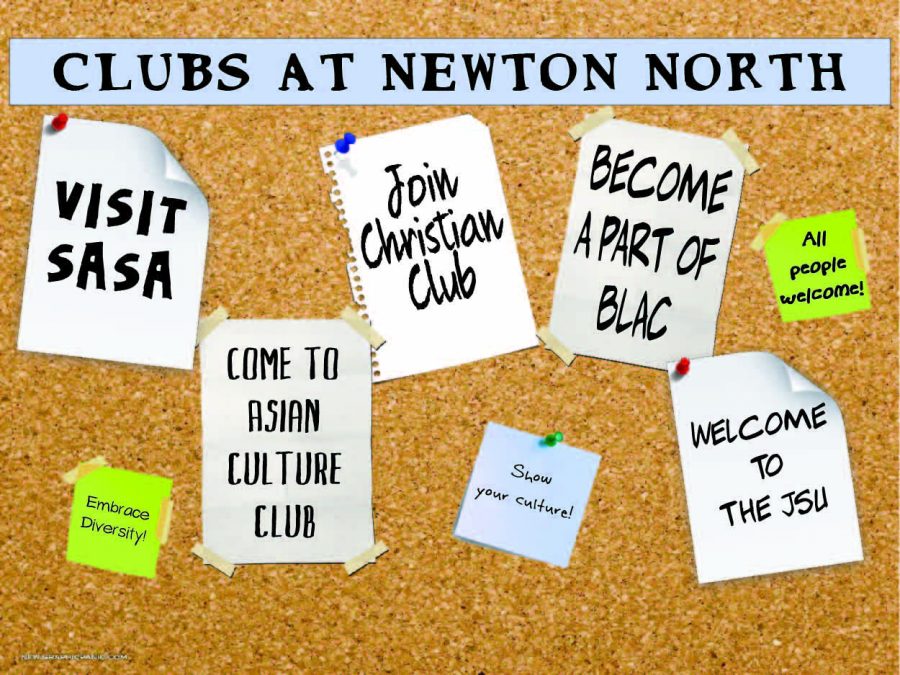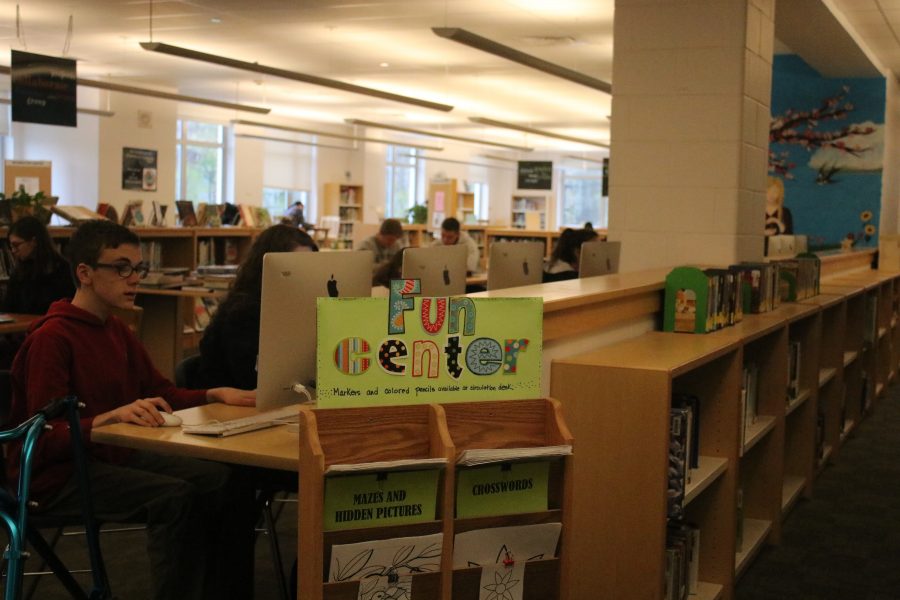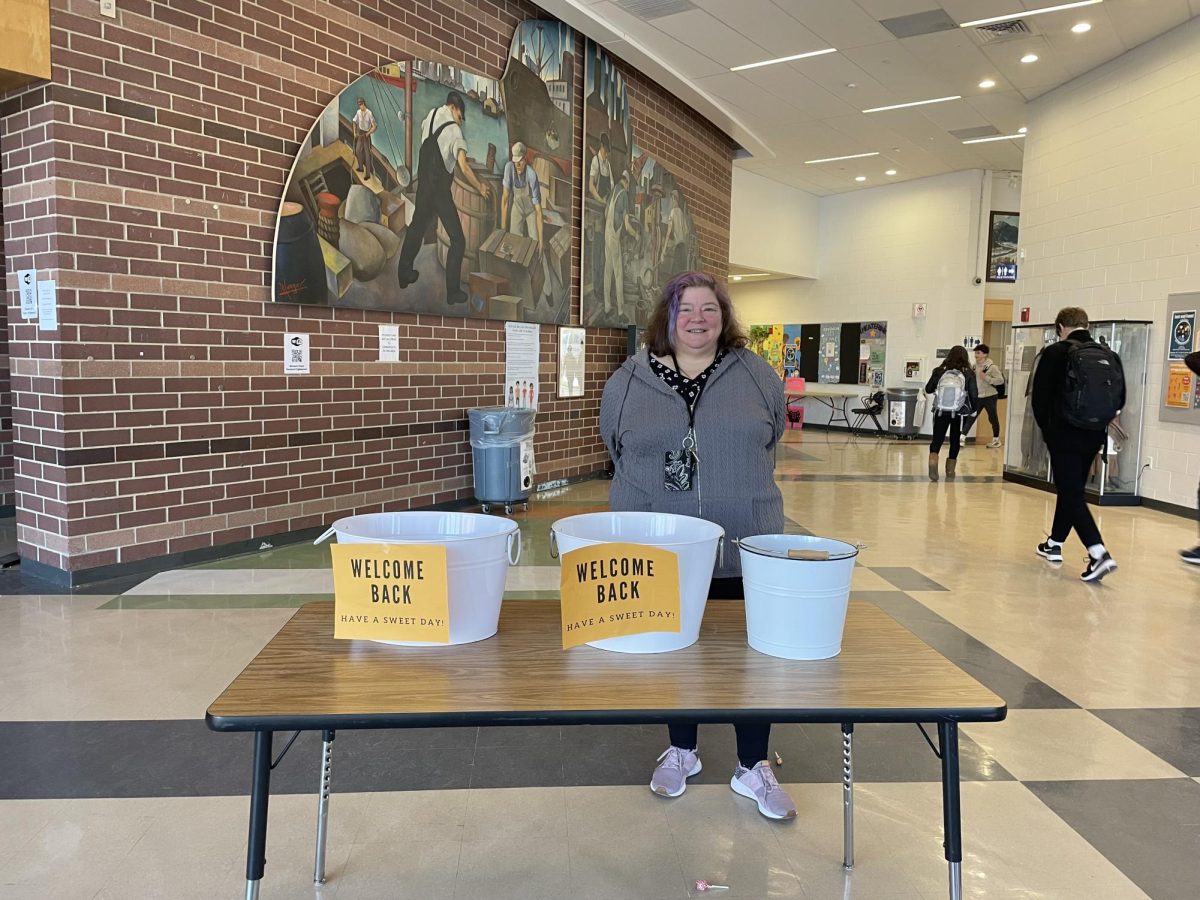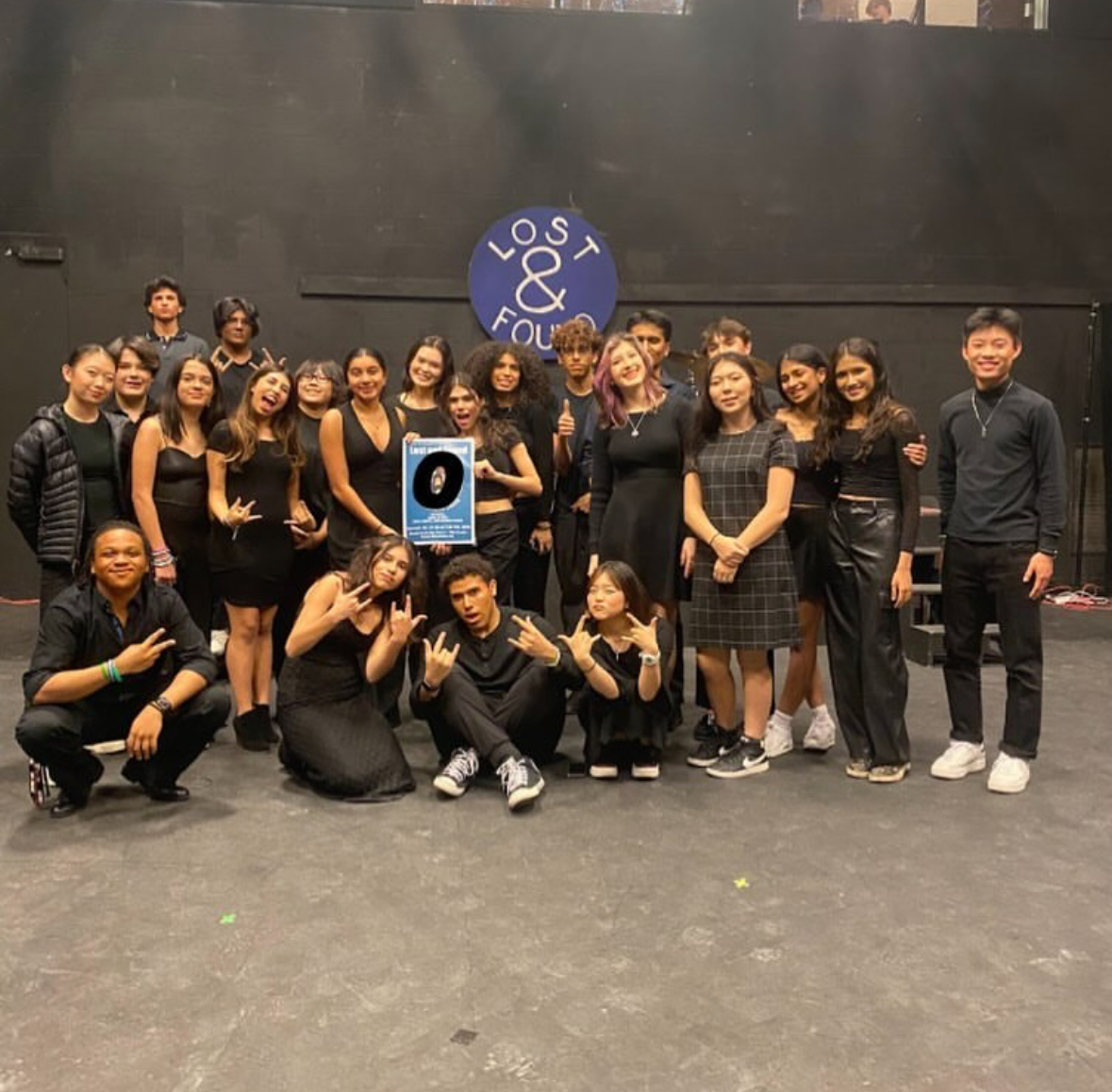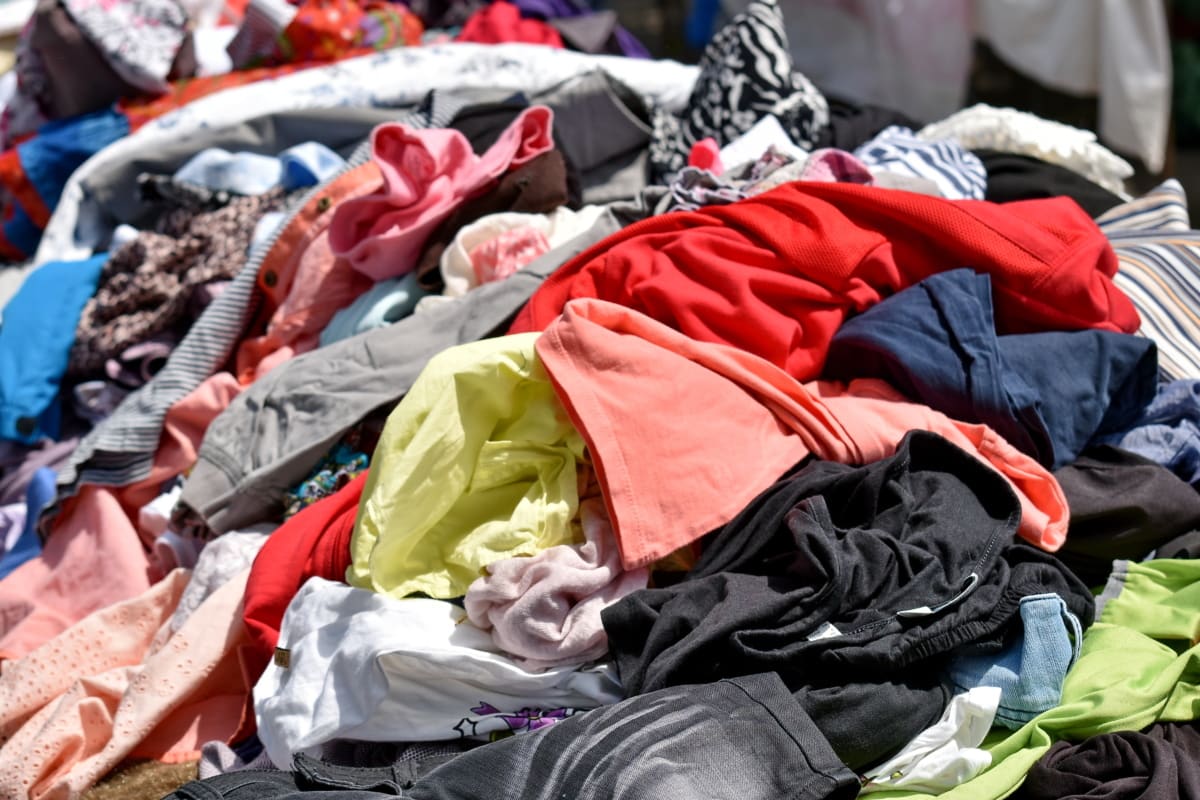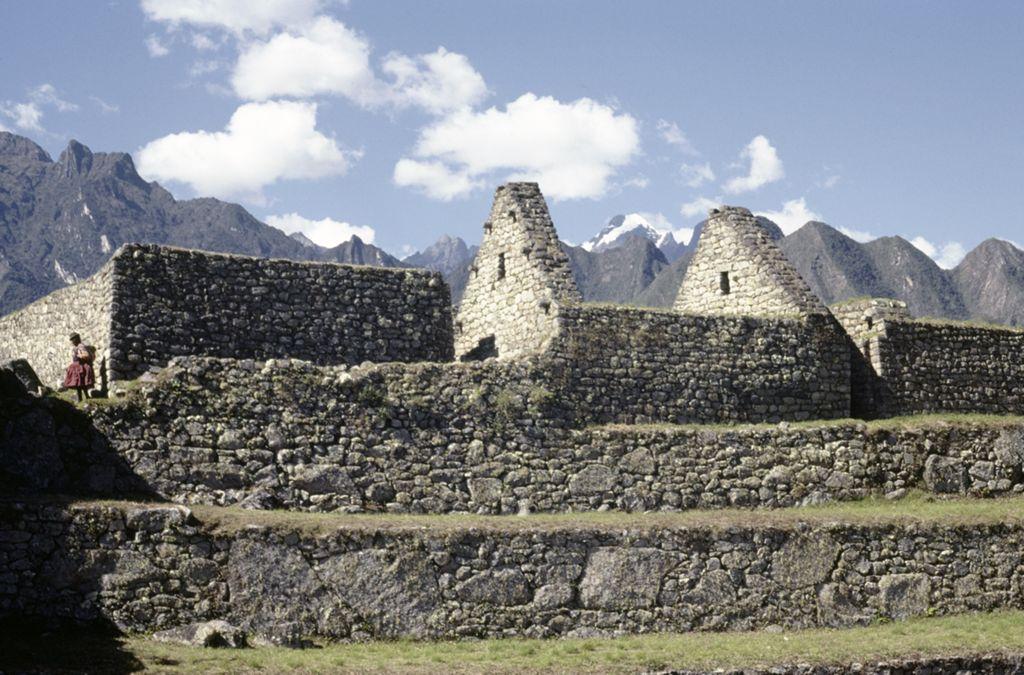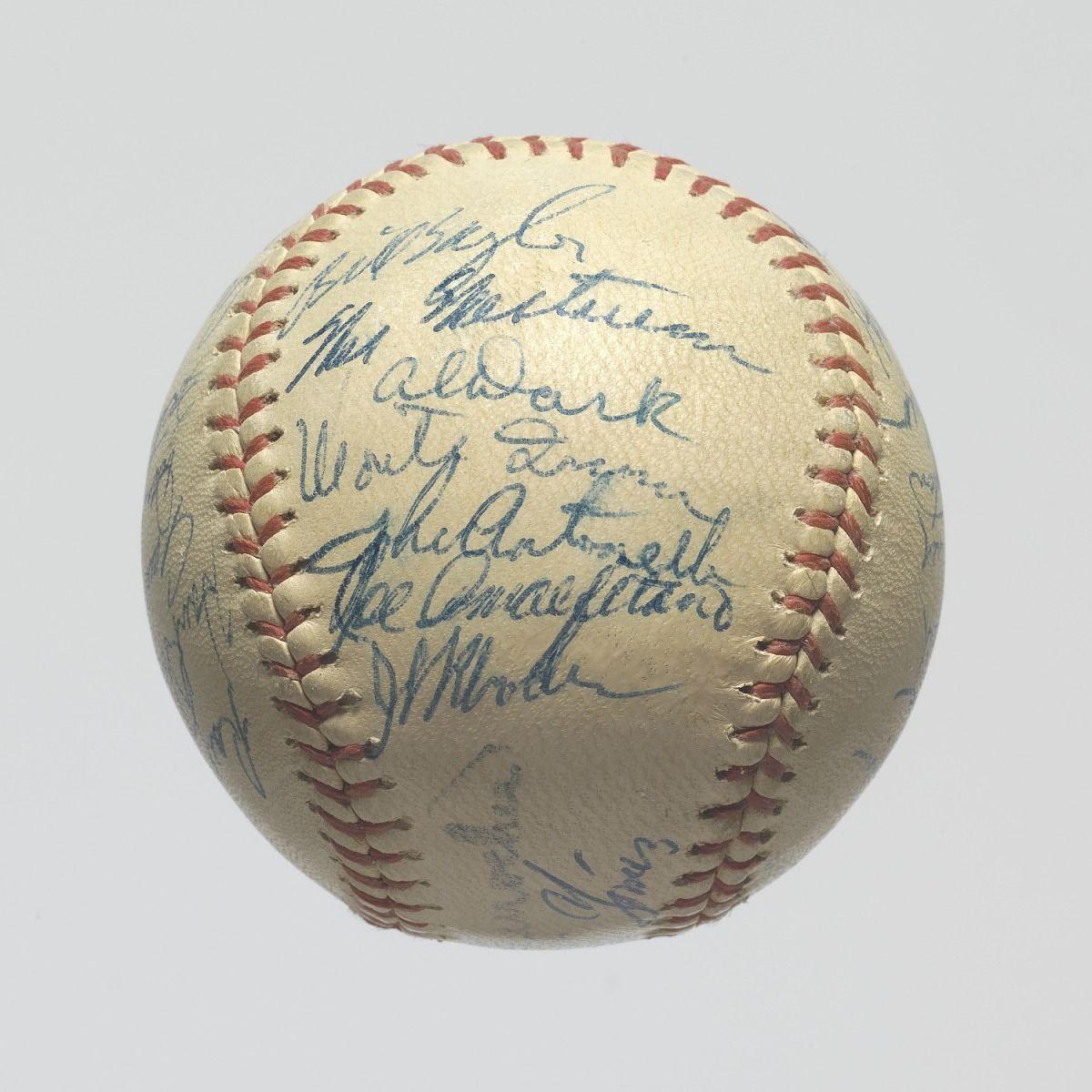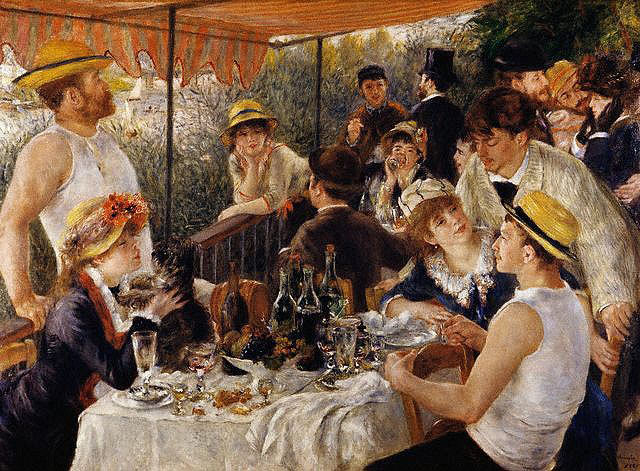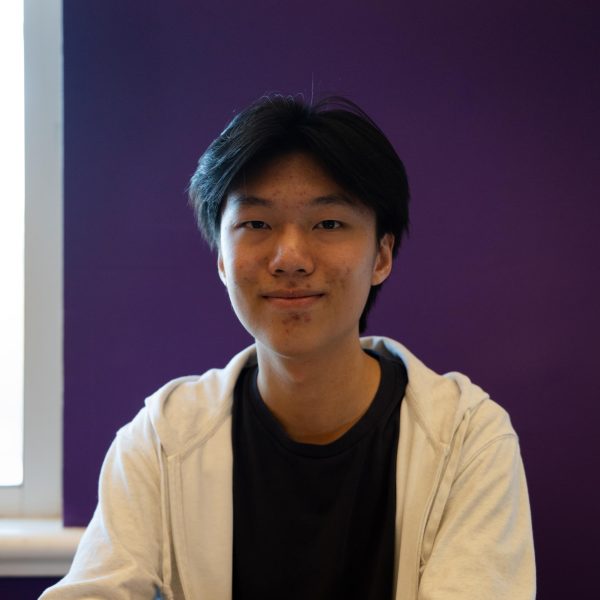Students interested in exploring a camera’s mechanics or the darkrooms’ quiet focus can discover this knowledge and more within North’s photography department. Photography classes at North that teaches students skills applicable to the real world and is offered to students of all grades.
Photography introduces students to various skills, among which include analog camera use. “We start off in the dark room, so students are learning a really old process that not many people have access to anymore,” said photography teacher Thomas MacIntyre.
According to senior Janie Blumenthal, a photography major III student, “People didn’t even know that we had a dark room and they were seniors, so I think it can be a little secluded from the school because it’s just like in this random back corner,” she said. “But I think it’s one of the coolest things.”
Additionally, students are taught digital photography. “They do a lot of digital photography too because that’s obviously the wave of the future,” said fine and performing arts department head Todd Young.
MacIntyre added that majors study photoshop applications, the industry standard editing software. “Majors learn Photoshop at a very high level, so composition, rule of thirds, all of the things that you need to know about photography are learned through projects and Photoshop,” said MacIntyre.
According to MacIntyre, all art students—including photography students—participate in Open Studio. Open Studio is a student art display that takes place each spring.
“It’s a way for us to open up our classrooms for the whole school to see what happens in our rooms and all the amazing artwork that the students make,” said MacIntyre.
According to Blumenthal, those not currently taking a course can use resources with MacIntyre’s permission.
“I wasn’t able to sign up for his class, but he knew that I was super interested, so he allowed me access to the dark room and all the resources within the class,” said Blumenthal.
Photography also offers “Photoramics,” an informal interdisciplinary system in which photography and ceramics students are granted the opportunity to try the other class.
“It’s not a class. It’s something that we do, that students do,” said MacIntyre. “Let’s say there’s a photo major that wants to throw on the wheel. They want to have an experience in ceramics. They can do that.”
Young added that Photoramics can serve as a way to reignite students’ creativity.
“Sometimes it gets them over a hump, too, because our classes are funny because you come in and it’s like, ‘Okay, now be creative,’” said Young. “The light doesn’t always turn on.”
While the content photography classes cover is important, the environment in the classroom is calm and laid back.
“He’s built what I would consider a very nice combination of chill and a very friendly and warm and relaxed kind of environment,” said Young. “And the work they’re doing is really serious at the same time.”
Blumenthal added that North is fortunate to have the resources that it does, especially given that many others don’t have them.
“The art of photography is dying out, especially film photography, so I say anyone who’s interested in learning the inner workings of it, come,” she added. “Photography is such a welcoming environment.”

